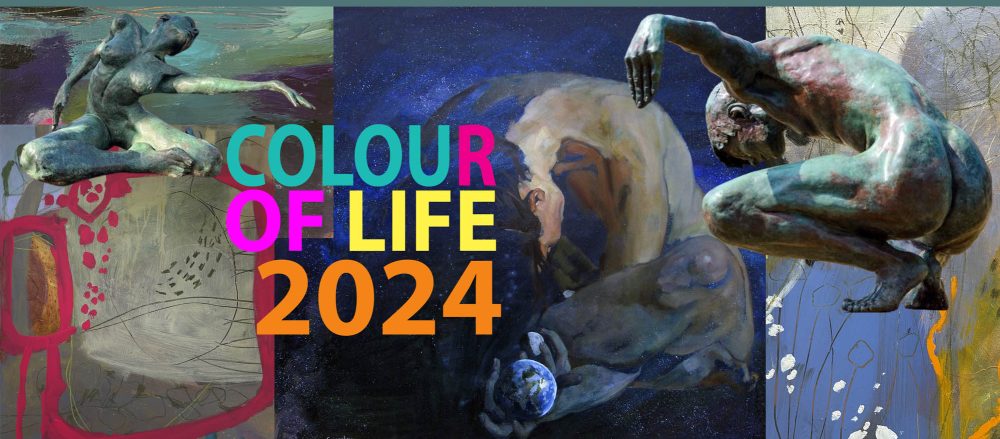

History of Equestrian Art
Bronze, wood and terracotta were all used. ‘Around the Qin dynasty [221 to 206 BC], bronze was needed for weaponry, so they started using more terracotta.’ The types of terracotta, which include red, grey (black) or white, can be traced to specific regions and dynasties.
The most sought-after are from the Tang dynasty (618 to 907 AD). ‘They are more important because they reached a high level of culture and art. Horses of the Han dynasty [206 BC to AD220] are the next most popular.’ Tang horses are rarer, he says, because they made fewer. ‘A Han emperor would have about 500 horses, while in the Tang dynasty, tombs would have as few as two.’
Tang horses are known for their sculptural grace and elegance. ‘The head, trunk and legs of each horse were moulded separately, then joined before the painting of details such as the mane and trappings, which accounts for slight discrepancies in pose and surface decoration,’ Choi says.
During this period, red and brown pigments over a high-fired buff pottery body accentuated details such as knotted saddlecloths, bells, medallions, manes and forelocks. The era is also famous for its Sancai polychrome pottery, referring to three colours: green, yellow and brown.
A dizzying number of classifications and categories are associated with each dynasty and geography. Poise and alertness are also admired. Choi says the standard positions include prancing, dancing (only for the emperor’s birthday), and working. ‘Open mouths fetch higher prices than closed mouths. Generally, the rarer the pose, such as a horse drinking water, the more valuable.’
 We welcome an enquiry about John W. Mills investment collection or for all private or corporate commissions. Book an appointment to discuss your inquiry in more detail, or call us. Direct contact Sunil Vilas,
We welcome an enquiry about John W. Mills investment collection or for all private or corporate commissions. Book an appointment to discuss your inquiry in more detail, or call us. Direct contact Sunil Vilas, ICAS Vilas Art Gallery
8,10 leys Avenue Letchworth Garden City SG6 3EUPhone: 01462677455
Email: info@vilasart.co.uk
ICAS Vilas Art Gallery
Email: info@vilasart.co.uk
ART NEWS VIDEOS & PUBLICATION
My Sculptures have allowed me to meet members of The Royal Family, which has always been an exciting and enjoyable experience.


